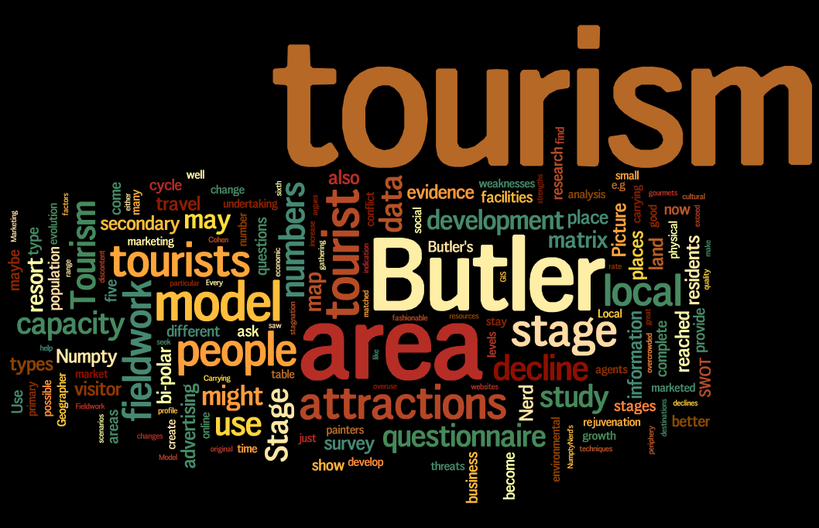Internal Assessment Introduction
Ko Samet - Introduction to our fieldwork site
Butlers Model - Our geographical context
Fieldwork preparation resources
Written report support resources
Butlers Model - Our geographical context
Fieldwork preparation resources
Written report support resources

Key Resources
Booklet: Ko Samet Trip Booklet
Graphic: Steps for Success Summary
Markscheme: Geography IA Mark Scheme
Checklist: Geography IA final checklist (still being refined)
Booklet: Ko Samet Trip Booklet
Graphic: Steps for Success Summary
Markscheme: Geography IA Mark Scheme
Checklist: Geography IA final checklist (still being refined)
Purpose of internal assessment
Internal assessment is an integral part of the course and is a compulsory component for both SL and HL students. It enables students to demonstrate the application of their skills and knowledge, and to pursue their personal interests, without the time limitations and other constraints that are associated with examination papers. The internal assessment should, as far as possible, be woven into normal practice and classroom teaching, and not be a separate activity conducted after a course has been taught.
The internal assessment requirements at SL and at HL are the same. The time allowed is 20 hours, and the weightings are 25% at SL and 20% at HL. Students are required to undertake fieldwork collecting primary information and produce one written report that is based on a fieldwork question.
Internal assessment is an integral part of the course and is a compulsory component for both SL and HL students. It enables students to demonstrate the application of their skills and knowledge, and to pursue their personal interests, without the time limitations and other constraints that are associated with examination papers. The internal assessment should, as far as possible, be woven into normal practice and classroom teaching, and not be a separate activity conducted after a course has been taught.
The internal assessment requirements at SL and at HL are the same. The time allowed is 20 hours, and the weightings are 25% at SL and 20% at HL. Students are required to undertake fieldwork collecting primary information and produce one written report that is based on a fieldwork question.
Geographical Context
The focus of internal assessment at NIST is on the impact of tourism on Ko Samet in Thailand. We will use Butler's model of tourism as a tool to base our research on and to let us analyze the level of tourist development on the island.
Fieldwork Location: Ko Samet
At Nist our internal assessment is based on an investigation into the impacts of tourism on Ko Samet.
At Nist our internal assessment is based on an investigation into the impacts of tourism on Ko Samet.

